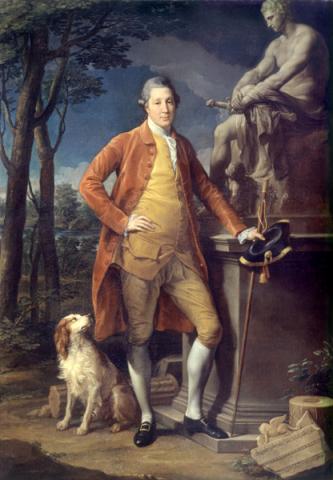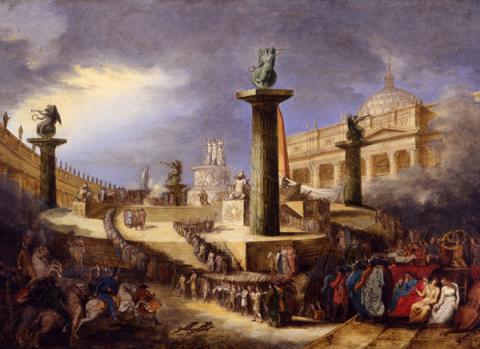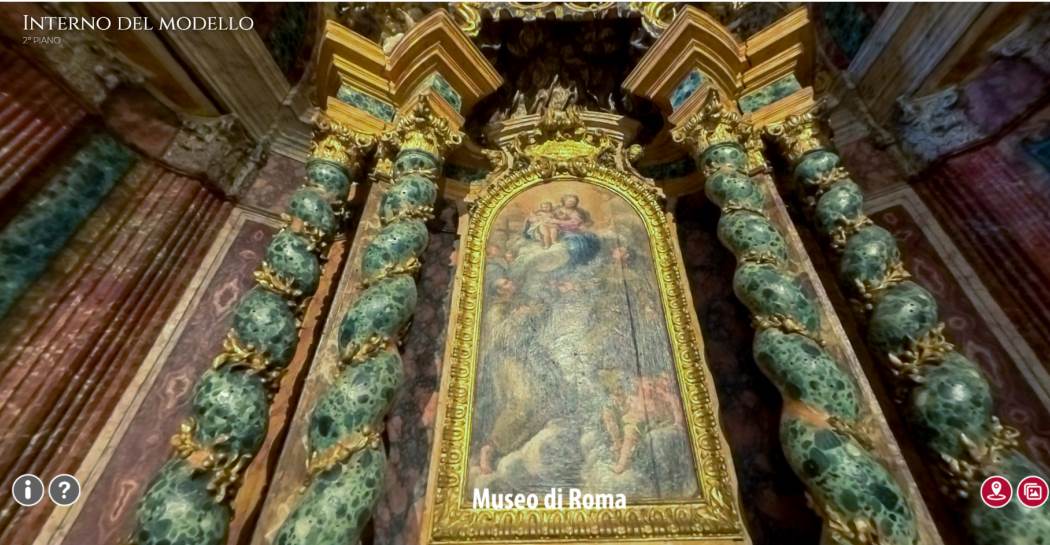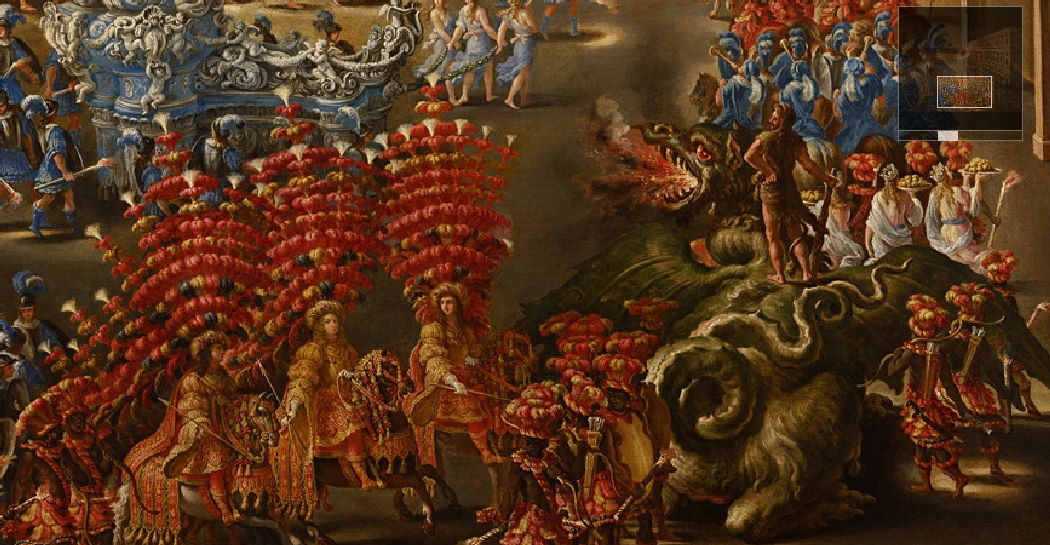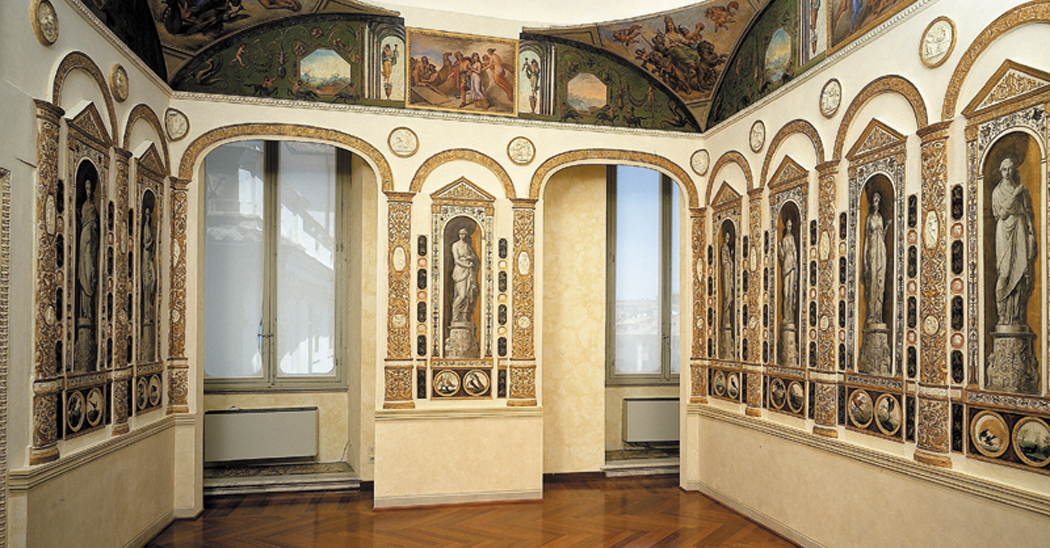Rome and the Great War 1915-1918

The Hall of Photography on the second floor of the museum, specially set up on the occasion of the centenary of Italy's entry into World War I, hosts the exhibition "Rome and the Great War. 1915- 918": 35 images from the collections of the Photo Archive of the Museo di Roma illustrating daily life in Rome, though far from the battlefield, during those years.
Rome became the capital of the Kingdom of Italy in 1870, and, while it was a long way from the front line, it did become actively involved in the Great War. The knowledge, post-unification, that this conflict could achieve the annexing of Trento and Trieste, which were still part of the Austro-Hungarian Empire at the time, increased the differences between the interventionists and the government, who were for the most part pro-neutrality. A turning point came in the form of D’Annunzio’s arrival in Rome in May 1915 and his involvement in the great pro-war demonstration that followed.
Meanwhile, the small issue of the Triple Alliance with Germany and Austria, which would never have resulted in territorial concessions, made the situation even more difficult. Italy was to be frequently canvassed by visiting heads of state in the ensuing period. Kaiser Wilhelm II met with the King and the Pope several times in the lead up to the conflict, whereas later visits from the French President Loubet and the King of England Edward VII opened the path to new alliances. The welcome ceremonies for these dignitaries found a Rome, which was more than fit for purpose thanks to the wide boulevards of Via Veneto, Via Nazionale and Via del Tritone that had been constructed in the post-unification period.
This small exhibition is enhanced by a series of portraits of the key protagonists of the time, from the Italian Royal Family to Pope Benedict XV, who was firmly opposed to the conflict, to the Prime Minister Antonio Salandra and the Foreign Minister Sidney Sonnino, who were in favour of intervention alongside France and England. The Italian Parliament, in the session of 20 May, finally gave its approval, and Italy officially entered into the conflict on 24 May 1915.
At the end of the War, which remains to this day one of humanity’s most devastating conflicts, the casket of the Unknown Soldier was brought to Rome and laid to rest within the monument that had been erected in 1911 to honour Vittorio Emanuele II. This was done to pay heart-felt and unending homage to the countless fallen soldiers and those still missing in action.
Information
29 October 2014 - 30 April 2015
Tuesday - Sunday: 10.00 am - 7.00 pm
24 and 31 December: 9.00 am - 2.00 pm
Last admission 1 hour before closing time
Closed: Monday (except Easter Monday April 6), 1 January, 25 December, 1 May
Please Note: please check our Notice page for special openings and/or temporary closures
-----------------------
Adults: € 11,00;
Concessions: € 9,00;
Roman Citizens only (by showing a valid ID):
- Adults: € 10,00;
- Concessions: € 8,00;
Infoline: +39 060608, every day from 9.00 to 21.00
Banche Tesoriere del Comune di Roma: BNL – Gruppo BNP Paribas, UniCredit Banca di Roma, Monte dei Paschi di Siena; MasterCard Priceless Rome; Vodafone
Atac; La Repubblica
Museum Services: Zètema Progetto Cultura


























